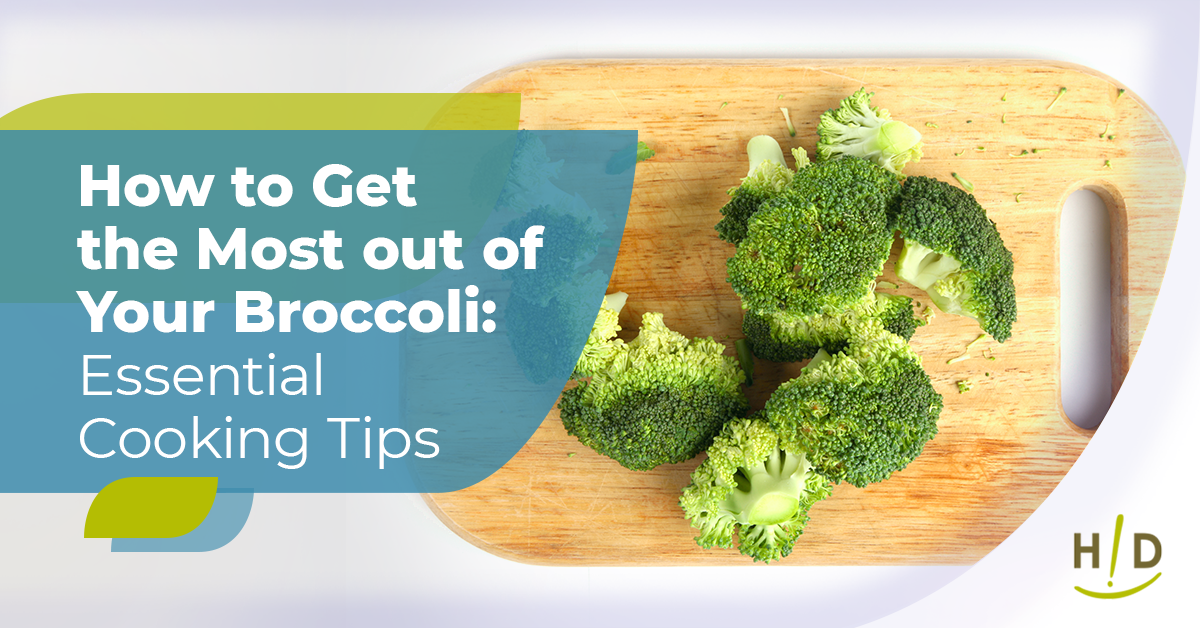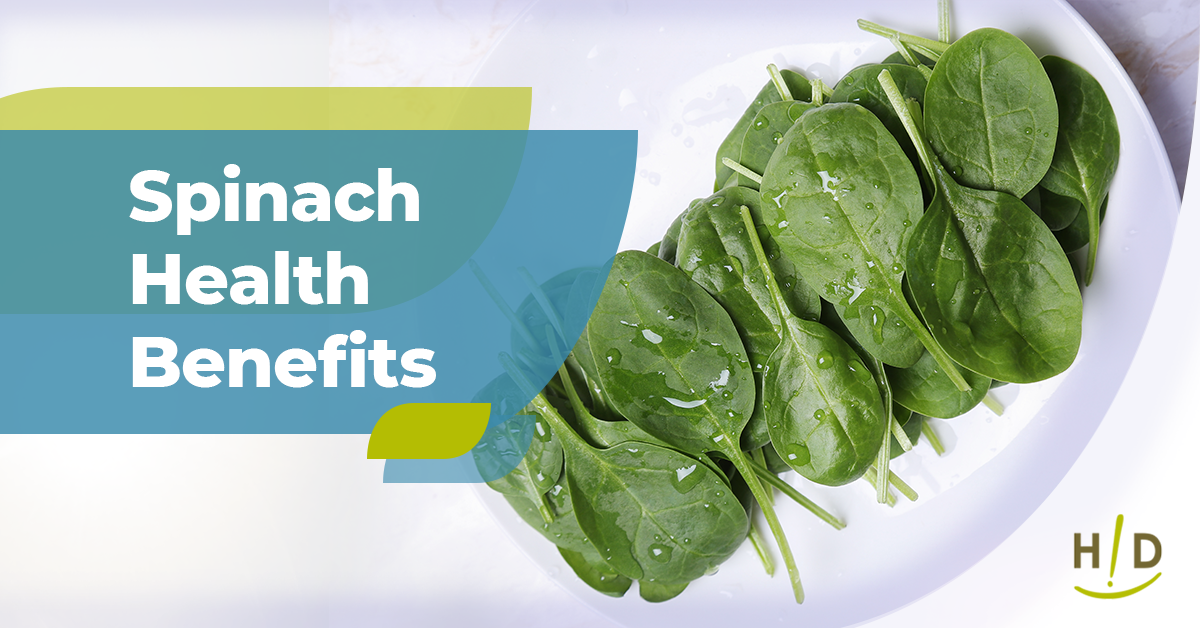The Paleo diet, also known as the Paleolithic diet, caveman diet, stone-age diet, and hunter-gatherer diet, is a way of eating that focuses on whole foods some people theorize that cavemen could have eaten during the Paleolithic era thousands of years ago. (We recognize that, Biblically speaking, there are serious questions about the evolutionary basis of the Paleo diet.) Some people follow the Paleo diet to become healthier or lose weight. Knowing about the pros and cons of the Paleo diet vs. the Hallelujah diet helps you determine which eating plan is right for you.


What Is the Paleo Diet?
Paleo diet foods are whole, unprocessed foods cavemen probably ate. When following this type of meal plan, you’ll choose from the following foods:- Lean meat, especially wild game or grass-fed animals
- Fish
- Eggs
- Fruits
- Vegetables
- Nuts and seeds
- Avocados
- Oils from nuts and fruits
- Herbs and spices
- Legumes
- Grains
- Breads
- Dairy foods
- Processed meats
- Other processed foods
- Sweets
- Sugary drinks
- Salt

What Are the Benefits of the Paleo Diet?
While the Paleo diet isn’t for everybody, you might experience some short-term health and wellness benefits by following it. Numerous studies show that when switching from the standard American diet to a Paleo diet, you might experience:- Better blood sugar control
- Improved blood pressure
- Reduced cholesterol
- Lower triglycerides
- Weight loss
- A lower sodium intake
Are There Drawbacks of Paleo Dieting?
As with any type of diet, potential drawbacks exist when choosing the Paleo diet to lose weight or improve your overall health. Examples include:1. It Might Lack Certain Essential Nutrients
Paleo diets do not include legumes and grains that are rich in fiber, protein, vitamins, minerals, and other essential nutrients your body requires daily to function properly.2. Red Meat May Cause Cancer
Red meat, which is a main component of the Paleo diet, may cause certain cancers. The American Institute of Cancer Research reports that eating more than 18 ounces of red meat, including lamb, beef, and pork each week, boosts your risk of colorectal cancer.3. It Can Be Difficult to Follow Long Term
The Paleo diet is restrictive and, while it might enhance weight loss or healthy weight management, Paleo dieting can be difficult for some people to follow long-term.4. It’s More Expensive
Choosing the Paleo diet can be more expensive than traditional healthy eating plans, as legumes and grains excluded from Paleo diets are often a cheaper and healthier source of protein and fiber than fresh meats.
Is the Hallelujah Diet a Better Option?
A main difference between the evolution-based Paleo diet and the creation, Bible-based Hallelujah Diet is the Hallelujah Diet is an entirely plant-based way of eating and includes legumes, whole grains, and plant milks. Research shows that switching to a plant-based (vegan) diet is associated with:- Lower heart disease death rates
- Better body weight management
- Reductions in required medications
- A lower risk of chronic diseases, such as cancer
- Less obesity
- Lower rates of high blood pressure
- Reduced cholesterol
- Better blood sugar control
- Possibly reversing coronary artery disease and type 2 diabetes
- Free radical reduction
- Reduced cancer activity
- Lower inflammation
- Better immunity






